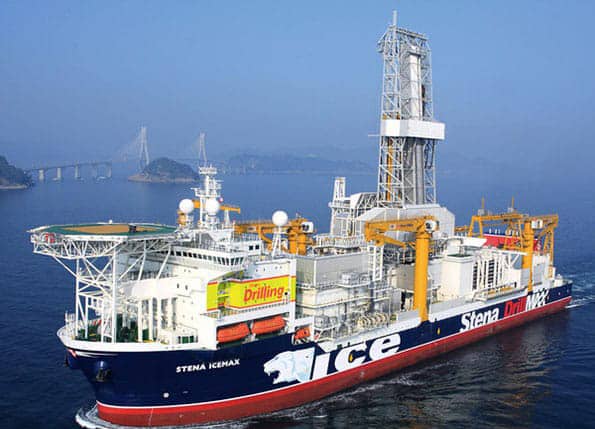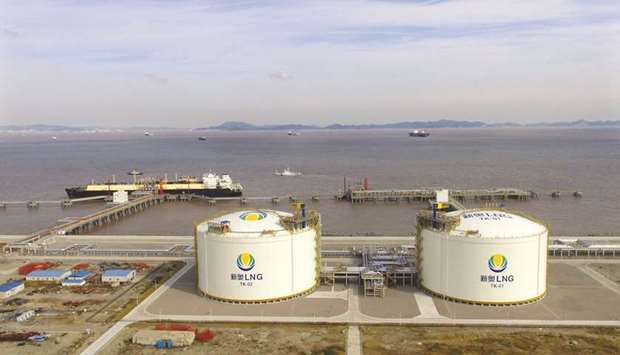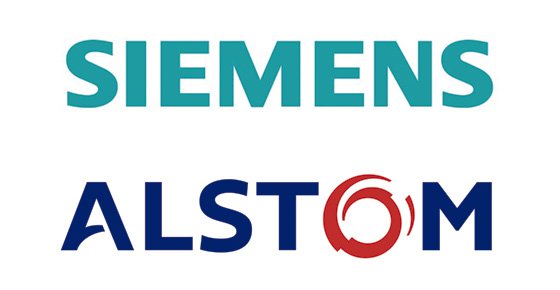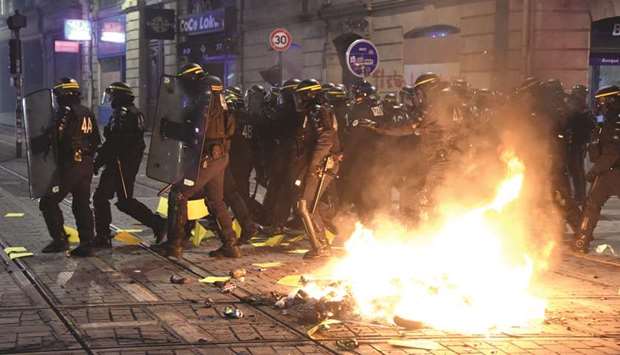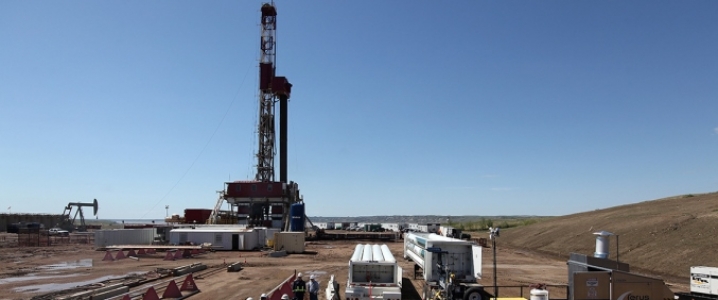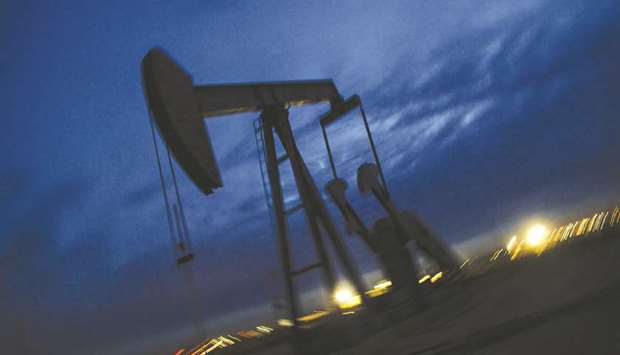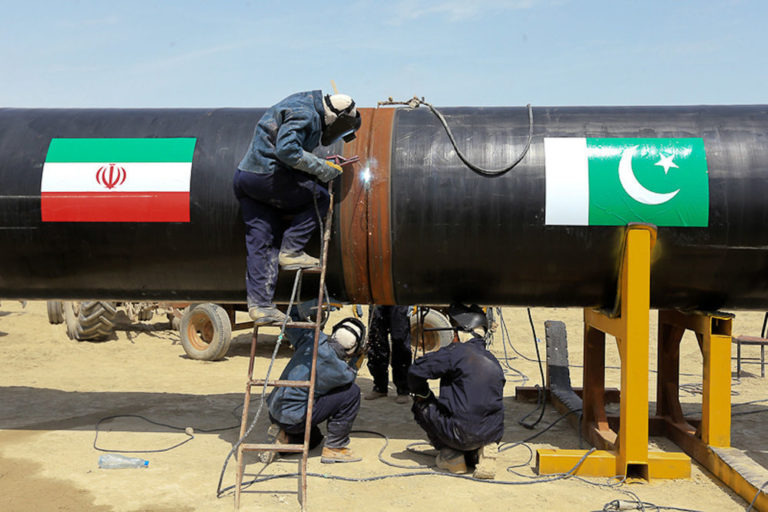The truth about big oil and climate change

IN AMERICA, THE world’s largest economy and its second biggest polluter, climate change is becoming hard to ignore. Extreme weather has grown more frequent. In November wildfires scorched California; last week Chicago was colder than parts of Mars. Scientists are sounding the alarm more urgently and people have noticed—73% of Americans polled by Yale University late last year said that climate change is real. The left of the Democratic Party wants to put a “Green New Deal” at the heart of the election in 2020. As expectations shift, the private sector is showing signs of adapting. Last year around 20 coal mines shut. Fund managers are prodding firms to become greener. Warren Buffett, no sucker for fads, is staking $30bn on clean energy and Elon Musk plans to fill America’s highways with electric cars.
Yet amid the clamour is a single, jarring truth. Demand for oil is rising and the energy industry, in America and globally, is planning multi-trillion-dollar investments to satisfy it. No firm embodies this strategy better than ExxonMobil, the giant that rivals admire and green activists love to hate. As our briefing explains, it plans to pump 25% more oil and gas in 2025 than in 2017. If the rest of the industry pursues even modest growth, the consequence for the climate could be disastrous.
ExxonMobil shows that the market cannot solve climate change by itself. Muscular government action is needed. Contrary to the fears of many Republicans (and hopes of some Democrats), that need not involve a bloated role for the state.
For much of the 20th century, the five oil majors—Chevron, ExxonMobil, Royal Dutch Shell, BP and Total—had more clout than some small countries. Although the majors’ power has waned, they still account for 10% of global oil and gas output and 16% of upstream investment. They set the tone for smaller, privately owned energy firms (which control another quarter of investment). And millions of pensioners and other savers rely on their profits. Of the 20 firms paying the biggest dividends in Europe and America, four are majors.
In 2000 BP promised to go “beyond petroleum” and, on the face of it, the majors have indeed changed. All say that they support the Paris agreement to limit climate change and all are investing in renewables such as solar. Shell recently said that it would curb emissions from its products. Yet ultimately you should judge companies by what they do, not what they say.
According to ExxonMobil, global oil and gas demand will rise by 13% by 2030. All of the majors, not just ExxonMobil, are expected to expand their output. Far from mothballing all their gasfields and gushers, the industry is investing in upstream projects from Texan shale to high-tech deep-water wells. Oil companies, directly and through trade groups, lobby against measures that would limit emissions. The trouble is that, according to an assessment by the IPCC, an intergovernmental climate-science body, oil and gas production needs to fall by about 20% by 2030 and by about 55% by 2050, in order to stop the Earth’s temperature rising by more than 1.5°C above its pre-industrial level.
It would be wrong to conclude that the energy firms must therefore be evil. They are responding to incentives set by society. The financial returns from oil are higher than those from renewables. For now, worldwide demand for oil is growing by 1-2% a year, similar to the average over the past five decades—and the typical major derives a minority of its stockmarket value from profits it will make after 2030. However much the majors are vilified by climate warriors, many of whom drive cars and take planes, it is not just legal for them to maximise profits, it is also a requirement that shareholders can enforce.
Some hope that the oil companies will gradually head in a new direction, but that looks optimistic. It would be rash to rely on brilliant innovations to save the day. Global investment in renewables, at $300bn a year, is dwarfed by what is being committed to fossil fuels. Even in the car industry, where scores of electric models are being launched, around 85% of vehicles are still expected to use internal-combustion engines in 2030.
So, too, the boom in ethical investing. Funds with $32trn of assets have joined to put pressure on the world’s biggest emitters. Fund managers, facing a collapse in their traditional business, are glad to sell green products which, helpfully, come with higher fees. But few big investment groups have dumped the shares of big energy firms. Despite much publicity, oil companies’ recent commitments to green investors remain modest.
And do not expect much from the courts. Lawyers are bringing waves of actions accusing oil firms of everything from misleading the public to being liable for rising sea levels. Some think oil firms will suffer the same fate as tobacco firms, which faced huge settlements in the 1990s. They forget that big tobacco is still in business. In June a federal judge in California ruled that climate change was a matter for Congress and diplomacy, not judges.
The next 15 years will be critical for climate change. If innovators, investors, the courts and corporate self-interest cannot curb fossil fuels, then the burden must fall on the political system. In 2017 America said it would withdraw from the Paris agreement and the Trump administration has tried to resurrect the coal industry. Even so, climate could yet enter the political mainstream and win cross-party appeal. Polls suggest that moderate and younger Republicans care. A recent pledge by dozens of prominent economists spanned the partisan divide.
The key will be to show centrist voters that cutting emissions is practical and will not leave them much worse off. Although the Democrats’ emerging Green New Deal raises awareness, it almost certainly fails this test as it is based on a massive expansion of government spending and central planning (see Free exchange). The best policy, in America and beyond, is to tax carbon emissions, which ExxonMobil backs. The gilets jaunes in France show how hard that will be. Work will be needed on designing policies that can command popular support by giving the cash raised back to the public in the form of offsetting tax cuts. The fossil-fuel industry would get smaller, government would not get bigger and businesses would be free to adapt as they see fit—including, even, ExxonMobil.
